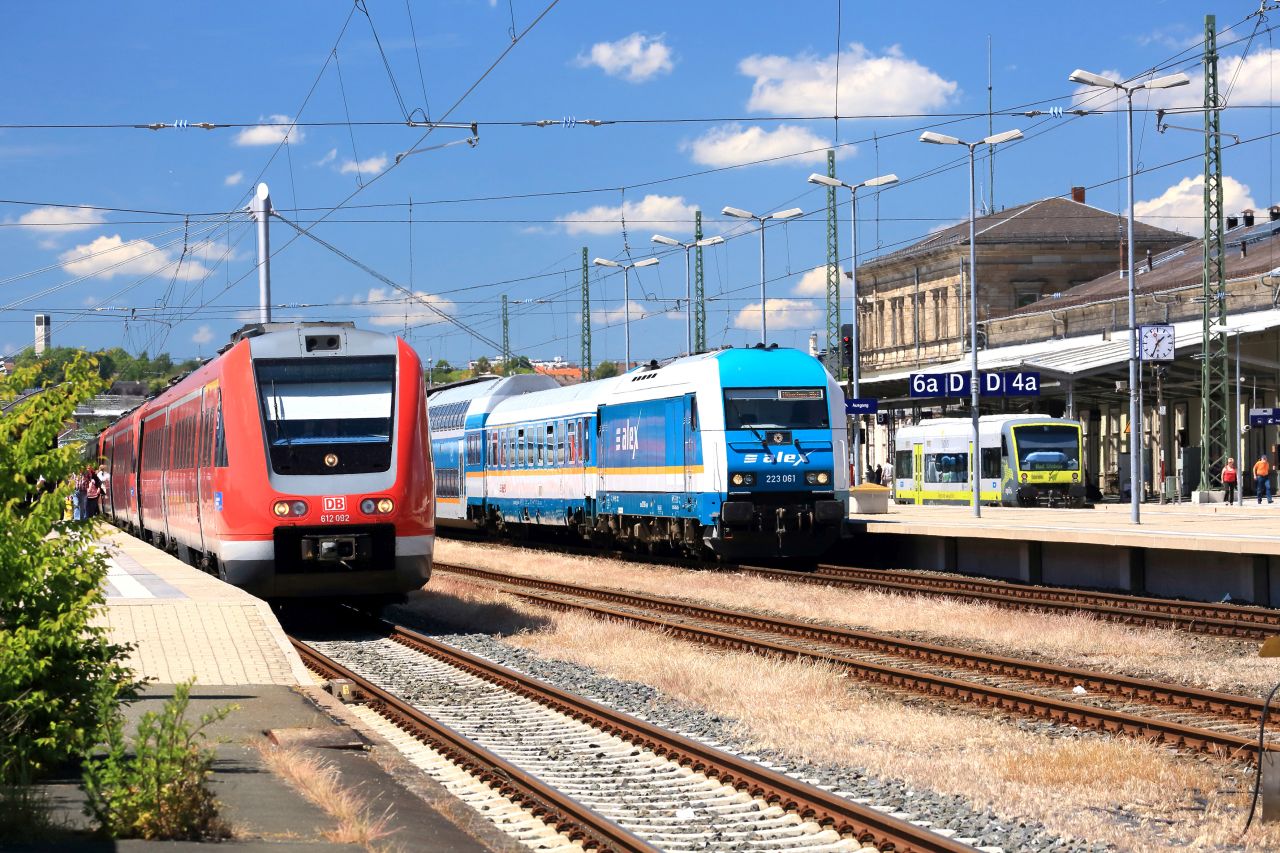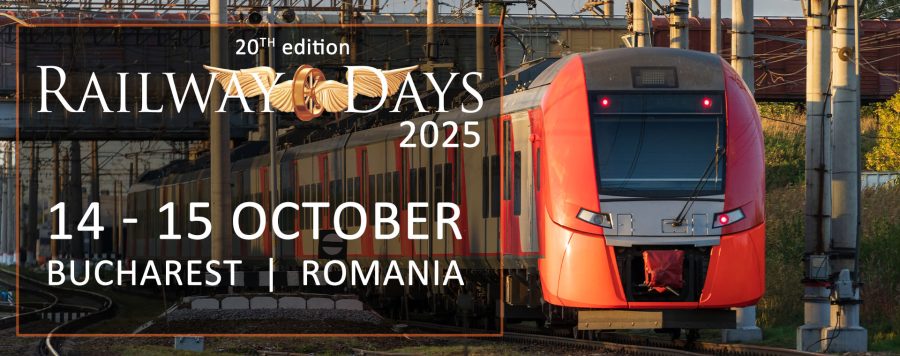Bavaria’s Transport Minister has tasked the Bavarian Railway Company (BEG) with assessing the feasibility of reactivating the nearly one-kilometer stretch of railway between Berchtesgaden Central Station and the former Berchtesgaden Ost stop for local passenger transport. The study aims to determine the potential demand for this route, with results expected by early 2026.

Transport Minister Christian Bernreiter expressed his support for the initiative, stating, “I am pleased that the district and market town have taken steps toward this reactivation process, and that the study will provide a solid basis for decision-making. A modern railway system in Bavaria includes considering local reactivations where they are practical.”
In the second half of 2024, the Berchtesgadener Land district and Berchtesgaden market town approved key resolutions to move the reactivation process forward. These resolutions, required by Bavarian regulations, allow BEG to proceed with an assessment of potential demand for the route.
Thomas Prechtl, spokesperson for BEG, explained, “In collaboration with the local authorities, we will conduct a standardized analysis to determine whether there is sufficient demand to justify reactivation.” The BEG is also conducting similar assessments for other routes, such as the Fuchstalbahn and the southern Staudenbahn. Notably, in late 2024, the Gunzenhausen-Wassertrüdingen line became the first route in Bavaria to be reactivated in a decade.
District Administrator Bernhard Kern emphasized the significance of the project, noting that the reactivation could provide better access to Berchtesgaden’s key locations, including the high school, the Watzmann thermal baths, and the salt mine.
The proposed route would extend the existing railway line from Freilassing, passing through Bad Reichenhall, to Berchtesgaden, eventually reaching Berchtesgaden Ost. This section was originally part of the Berchtesgaden – Marktschellenberg – Hangender Stein line, which was operational from 1907 until its closure in 1938. Although a new route to Salzburg was planned, only a short tunnel in Berchtesgaden was completed. Subsequently, the remaining track was used for freight operations until its dismantling in 1990.
The BEG’s assessment will focus on expected passenger numbers, with a goal of determining if the route can meet the Bavarian reactivation criteria. These criteria include a forecast demand of at least 1,000 passenger kilometers per kilometer of track on working days. The BEG aims to complete the demand forecast by early 2026, at which point it will decide whether to move forward with the reactivation process.
The uniform criteria for reactivations in Bavaria are as follows:
- A forecast showing more than 1,000 travelers per working day.
- The infrastructure will be upgraded to provide viable and attractive train services without additional subsidies from the state.
- A railway infrastructure company agrees to operate the route and stations at reasonable costs.
- Local authorities will implement a bus service plan in coordination with the Free State of Bavaria.
Share on:



